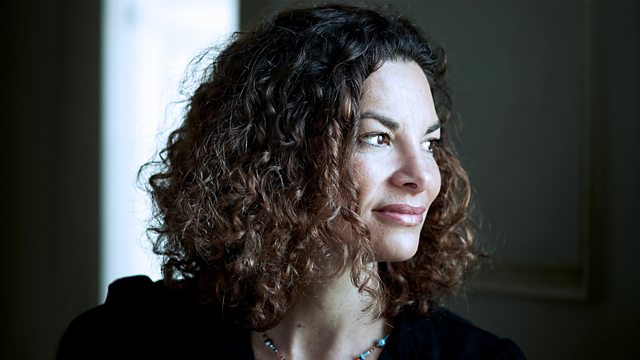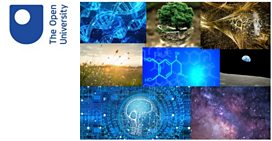How Whales Farmed For Food, COP progress, and The Last Stargazers
Gaia Vince hears how blue whales' energetic eating behaviours helped generate more food for themselves. Also, an update from COP26, and Emily Levesque on The Last Stargazers.
Gaia Vince hears how blue whales' huge appetites and energetic eating behaviours helped generate more food for themselves. Also, an update from COP26, and Emily Levesque on The Last Stargazers.
New research published this week in the journal Nature reveals new insights into blue whales eating habits. Matthew Savoca and colleagues suggest these biggest of marine animals actually eat up to three times the mass of krill previously estimated. And they do this by finding the blooms of krill and using a spectacular lunging approach to open their massive mouths and filter the gulp of seawater for tonnes of food.
But how come, since the near destruction of their population by commercial whaling in the twentieth century, are current krill populations lower than when the voracious whales themselves were far more numerous? Shouldn't there be more krill now than then?
The answer, as Victor Smetacek, of the Alfred Wegener Institute Helmholtz Centre for Polar and Marine Research in Bremerhaven, describes to Gaia is that whales themselves help to keep iron in the upper waters of the southern oceans, re-fertilizing it for the lower ecosystem member like phytoplankton, and their powerful diving lunges and defecation effectively plough the waters, akin to herds of bison treading manure into prehistoric grass plains.
Former GSO David King, of the Centre For Climate Repair at Cambridge University, is beginning experiments next year that seek to mimic this whale-defecation effect to bring about eventual repopulation of whales and fish to allow the oceans to restart this historical cycle.
From Glasgow, above the hubbub of delegates and dignitaries CarbonBrief's deputy editor Simon Evans talks to Gaia about his perceptions of progress so far at the COP26 climate summit. Amongst the flurry of declarations so far this week, what are the details and how do they add up towards our eventual recovery back down to the 1.5C rise everybody is talking about?
And in the latest of Inside Science's interviews with shortlisted finalists of this year's Royal Society Insight Investment Science Book Prize, Prof Emily Levesque, an astronomer at Washington State University tells Marnie Chesterton of her adventures and astronomical anecdotes at some of the world's most famous observatories. Researching her book, "The Last Stargazers: The Enduring Story of Astronomy鈥檚 Vanishing Explorers", she interviewed hundreds of practicing and practical astronomers, many of whose jobs, she suggests, will soon be transformed as the act of observation becomes more remote, automated, and data-heavy.
Presented by Gaia Vince
Produced by Alex Mansfield
Made in Association with The Open University
Last on
![]()
大象传媒 Inside Science is produced in partnership with The Open University.
Broadcasts
- Thu 4 Nov 2021 16:30大象传媒 Radio 4
- Thu 4 Nov 2021 21:00大象传媒 Radio 4
Explore further with The Open University
Discover more fascinating science content with The Open University
Podcast
-
![]()
大象传媒 Inside Science
A weekly programme looking at the science that's changing our world.



